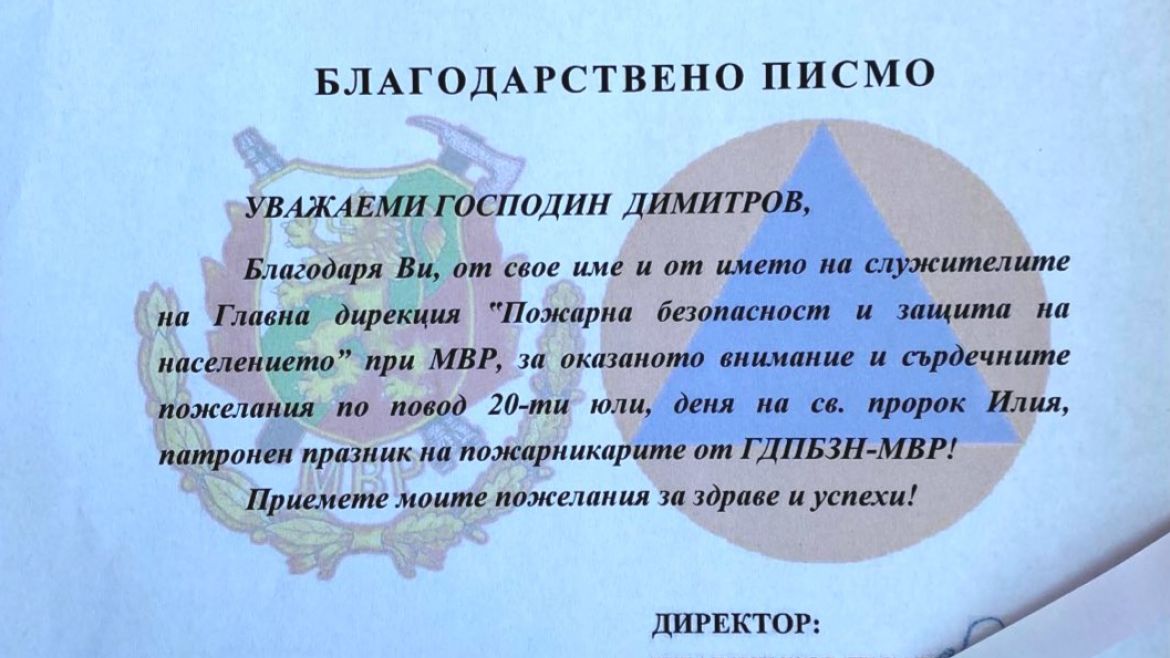Understanding The NWS's New Heat Alert System: A Guide To Staying Safe

Table of Contents
The New NWS Heat Alert System: Key Changes and Improvements
The NWS has revamped its heat alert system to provide clearer, more timely, and accurate warnings. The old system sometimes lacked consistency across regions, leading to confusion. The new system offers significant improvements in communication and alert levels.
The new system uses a standardized, nationwide approach, ensuring consistent messaging regardless of your location. Key improvements include:
- Enhanced Clarity: The alert language is simpler and more direct, minimizing ambiguity.
- Improved Timeliness: Alerts are issued sooner, giving you more time to prepare.
- More Accurate Forecasts: Advanced meteorological models provide more precise heat predictions.
- Color-Coded Alerts: Visual cues make it easier to understand the severity of the heat threat at a glance.
The new system utilizes the following alert levels:
- Excessive Heat Watch: Conditions are favorable for excessively hot weather. Be prepared.
- Excessive Heat Warning: Dangerously hot conditions are expected. Take precautions immediately.
- Excessive Heat Advisory: A period of hot weather is expected. Be aware of the risks.
Criteria for Alert Levels:
These criteria can vary slightly by region, but generally include:
- Excessive Heat Warning: Heat index of 105°F (41°C) or higher for at least 2 days, or a heat index of 110°F (43°C) or higher.
- Excessive Heat Advisory: Heat index of 100°F (38°C) to 104°F (40°C) for at least 2 days.
- Excessive Heat Watch: Conditions are forecast to become dangerously hot within 2 days.
How to Interpret and Respond to NWS Heat Alerts
When a heat alert is issued, act quickly. Here's how to stay informed and react effectively:
- Find your alerts: Check the NWS website (weather.gov), their mobile app, or your local news. Enter your zip code or location to receive specific alerts.
- Understand the severity: Pay close attention to the alert level (Watch, Warning, Advisory) to gauge the risk.
- Take appropriate action: Your response will vary depending on the alert level. See the "Protecting Vulnerable Populations" section for specific actions.
Actions to Take:
- Excessive Heat Watch: Prepare your heat safety plan, check on vulnerable neighbors, and stock up on supplies.
- Excessive Heat Warning: Stay indoors if possible, limit strenuous activities, and check on vulnerable individuals regularly.
- Excessive Heat Advisory: Minimize outdoor activities during the hottest part of the day, stay hydrated, and monitor your health.
Protecting Vulnerable Populations from Extreme Heat
Certain populations are at significantly higher risk of heat-related illnesses:
- Elderly individuals: Their bodies often regulate temperature less efficiently.
- Infants and young children: They are more susceptible to dehydration and overheating.
- People with chronic illnesses: Conditions such as heart disease and diabetes can exacerbate heat stress.
- Individuals who are overweight or obese: These individuals retain more heat.
Protecting Vulnerable Groups:
- Regular check-ins: Call or visit elderly neighbors and relatives frequently.
- Air conditioning access: Ensure vulnerable individuals have access to air conditioning. Cooling centers may be available in your community.
- Hydration: Offer plenty of fluids, especially water and electrolytes.
Preparing for Extreme Heat: Proactive Measures and Prevention
Preparing before a heatwave hits is crucial. Develop a heat safety plan including:
- Stock up on supplies: Keep plenty of water, non-perishable food, and essential medications on hand.
- Plan for power outages: Have backup cooling methods, such as fans or a generator.
- Create a cool environment: Use fans, air conditioning, and window coverings to keep your home cool. Close blinds and curtains during the day to keep direct sunlight out.
- Hydration strategies: Beyond water, consider electrolyte drinks or sports drinks to replenish lost salts and minerals.
Recognizing and Treating Heat-Related Illnesses
Recognizing the symptoms of heat-related illnesses is vital for timely intervention.
- Heat Exhaustion: Heavy sweating, weakness, dizziness, headache, nausea, and muscle cramps.
- Heat Stroke: High body temperature (above 103°F), altered mental state, seizures, and loss of consciousness. This is a medical emergency.
Important: If you suspect heat stroke, call emergency services immediately. For heat exhaustion, move the person to a cool place, provide fluids, and seek medical attention if symptoms worsen. This information is for general guidance only; always seek professional medical help for heat-related illnesses.
Staying Safe with the NWS Heat Alert System
The new NWS Heat Alert System provides a significant improvement in heatwave warnings, enabling better preparation and reducing the risk of heat-related illnesses. Understanding the different alert levels and taking appropriate action is crucial for staying safe during periods of extreme heat. Bookmark the NWS website (weather.gov) and download their app to receive real-time alerts for your area.
Stay safe this summer by understanding the NWS Heat Alert System and taking proactive measures to protect yourself and your family from extreme heat. Remember to check with your local health department for additional resources and support during heatwaves.

Featured Posts
-
 Amber Heards Twins A New Chapter In The Musk Heard Saga
May 30, 2025
Amber Heards Twins A New Chapter In The Musk Heard Saga
May 30, 2025 -
 Agassi Rios Uno De Mis Mas Grandes Rivales En El Tenis
May 30, 2025
Agassi Rios Uno De Mis Mas Grandes Rivales En El Tenis
May 30, 2025 -
 Measles Outbreak Updates Tracking The Spread Of Cases Across The U S
May 30, 2025
Measles Outbreak Updates Tracking The Spread Of Cases Across The U S
May 30, 2025 -
 Programma Tileorasis 15 Martioy Ti Na Deite
May 30, 2025
Programma Tileorasis 15 Martioy Ti Na Deite
May 30, 2025 -
 13 Hya Flstynya Tht Wtat Alastytan Wmqawmt Aljdar
May 30, 2025
13 Hya Flstynya Tht Wtat Alastytan Wmqawmt Aljdar
May 30, 2025
Latest Posts
-
 Grigor Dimitrov Vliyanieto Na Kontuziyata Vrkhu Karierata Mu
May 31, 2025
Grigor Dimitrov Vliyanieto Na Kontuziyata Vrkhu Karierata Mu
May 31, 2025 -
 Kontuziyata Na Grigor Dimitrov Aktualna Informatsiya I Analiz
May 31, 2025
Kontuziyata Na Grigor Dimitrov Aktualna Informatsiya I Analiz
May 31, 2025 -
 Trumps Uncertainty What Made Him Question Elon Musk
May 31, 2025
Trumps Uncertainty What Made Him Question Elon Musk
May 31, 2025 -
 Uncertainty And The End Trumps Doubts About Elon Before The Break
May 31, 2025
Uncertainty And The End Trumps Doubts About Elon Before The Break
May 31, 2025 -
 Everything Revealed In The Star Trek Strange New Worlds Season 3 Teaser
May 31, 2025
Everything Revealed In The Star Trek Strange New Worlds Season 3 Teaser
May 31, 2025
